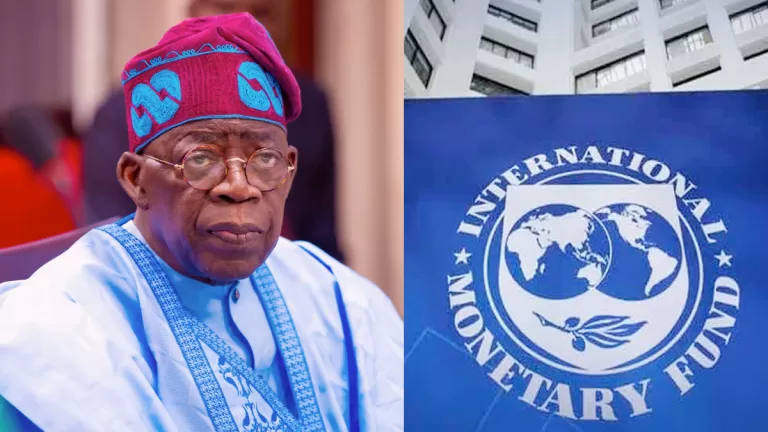
Gold prices have soared past $3,300 for the first time, as deepening U.S.-China trade tensions and a weakening U.S. dollar fuel investor demand for safe-haven assets. The yellow metal now boasts a staggering year-to-date gain of over 26%, cementing its place as the top-performing commodity in 2025 so far.
The surge comes amid escalating friction between Washington and Beijing. President Donald Trump has ordered an investigation into imposing new tariffs on rare earth imports from China, stoking fears of a broader trade conflict. In retaliation, China has announced fresh restrictions on exporting rare earth metals and magnets—materials critical to U.S. industries from defense to electronics.
As the economic standoff worsens, the U.S. dollar has taken a hit. The U.S. Dollar Index (USDX), which measures the greenback against a basket of global currencies, has tumbled more than 4% in April alone and is down over 8% for the year. That slump has made dollar-denominated assets like gold more attractive to investors worldwide.
From an April opening price of $3,157.30, gold has steadily broken through resistance levels at $3,200 and $3,300, fueled by capital flight to safer assets. According to FXTM senior research analyst Lukman Otunuga, the rally is driven by a mix of market uncertainty, recession fears, and shifting investor psychology.
“Gold is supported by a weaker dollar, uncertainty around tariff announcements, and concerns about a potential global recession,” Otunuga said. “While optimistic investors may set their sights on $3,400 or even $3,500, a sudden breakthrough in U.S.-China relations or profit-taking could trigger a pullback.”
Bullish Momentum
The commodity’s rally has been building for months. After breaching the $2,800 mark in January, gold maintained its upward trajectory through February and March, with April accelerating the pace amid rising geopolitical risk.
As of mid-April, gold has outperformed all major commodities, pushing U.S. coffee—previously the year’s front-runner—into second place.
Strategic Minerals and National Security
At the heart of this economic standoff lies a strategic concern: the U.S. reliance on Chinese rare earth exports. Despite their critical roles in defense systems, electric vehicles, and advanced electronics, the U.S. produces very little of these minerals domestically.
President Trump has cited this dependency as a national security risk, emphasizing that “reliance on mineral imports from China poses risks to national security and defense readiness.”
His administration’s latest move to probe retaliatory tariffs comes after Beijing’s new export restrictions, heightening anxieties in global supply chains already stretched by inflation and geopolitical unrest.
As investors continue to seek shelter from market volatility, gold’s surge is more than just a commodity rally—it’s a reflection of the global economy’s deepening uncertainty and the rising stakes in a high-stakes economic showdown between the world’s two largest economies.






